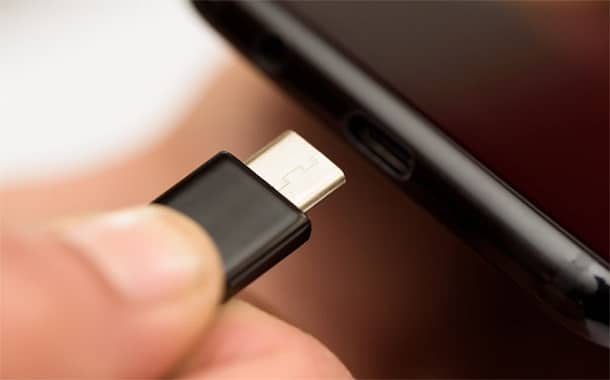Imagine the frustration when your smartphone or laptop suddenly fails to charge, leaving you stranded without a lifeline to the digital world. The culprit may lie in a faulty charging port, a common issue that can send shivers down any tech-savvy user’s spine. To help you navigate this technological dilemma, we’ve compiled a comprehensive guide that unravels the intricacies of charging port repairs and their associated costs.

Image: www.escootersandparts.com
Understanding Charging Ports
Charging ports are the gateway for power to enter your electronic devices, enabling them to function and stay connected. These ports vary in design, with the most common types being USB ports, Lightning ports, and DC barrel connectors. Over time, these ports can succumb to wear and tear, environmental factors, or accidental damage, leading to charging malfunctions.
Factors Affecting Charging Port Repair Costs
The cost of repairing a charging port hinges on several key factors:
-
Device Model and Type:
Different electronic devices employ different charging port designs, and the complexity of the repair process can vary accordingly. Smartphones, laptops, and tablets each have their unique charging port configurations, influencing the labor and materials required for repair.
-

Image: www.thepricer.orgSeverity of Damage:
The extent of damage to the charging port plays a significant role in determining repair costs. Minor issues, such as lint or debris accumulation, can often be resolved with simple cleaning. However, more severe damage, such as broken pins or a damaged charging port assembly, may necessitate more extensive repairs or component replacements.
-
Location and Accessibility:
The location of the charging port on the device can also impact repair costs. Ports situated in easily accessible areas may be less expensive to repair compared to those buried deep within the device, requiring disassembly and specialized tools.
-
Labor Costs:
The cost of labor varies depending on the location and expertise of the repair technician or service center. Certified technicians with specialized training and experience may charge higher rates than those with limited experience.
Average Charging Port Repair Costs
While repair costs can fluctuate, here’s an approximate breakdown of what you might expect to pay:
-
Smartphone Charging Port Repair:
Depending on the make and model of the phone, smartphone charging port repairs typically range from $50 to $200.
-
Laptop Charging Port Repair:
Due to their more complex designs, laptop charging port repairs generally cost more, falling between $100 and $300 on average.
-
Tablet Charging Port Repair:
Tablet charging port repairs typically fall within the range of $75 to $150, depending on the model and severity of damage.
Expert Insights and Actionable Tips
To ensure a successful and cost-effective repair, consider these expert tips:
-
Regular Cleaning:
Preventing charging port issues is crucial, and regular cleaning can go a long way. Use a soft brush or cotton swab to gently remove dust, lint, or debris that may accumulate over time.
-
Avoid Bending or Pulling:
Handle your charging cables with care to prevent bending or pulling, which can damage the port or cable.
-
Use Original Chargers:
Utilize genuine chargers designed for your specific device to ensure compatibility and prevent port damage.
-
Seek Professional Help:
If cleaning and basic troubleshooting fail to resolve charging problems, don’t hesitate to seek professional assistance from certified repair technicians. Attempting DIY repairs without proper knowledge and tools can lead to further damage.
How Much Does It Cost To Repair Charging Port
Conclusion
Navigating charging port repairs can be an intimidating task, but understanding the factors involved empowers you to make informed decisions. By considering the type of device, severity of damage, and available repair options, you can prepare yourself for the financial implications and ensure your electronic companions stay powered and connected. Remember, regular maintenance and responsible handling can often prevent charging port issues, saving you time and money in the long run.